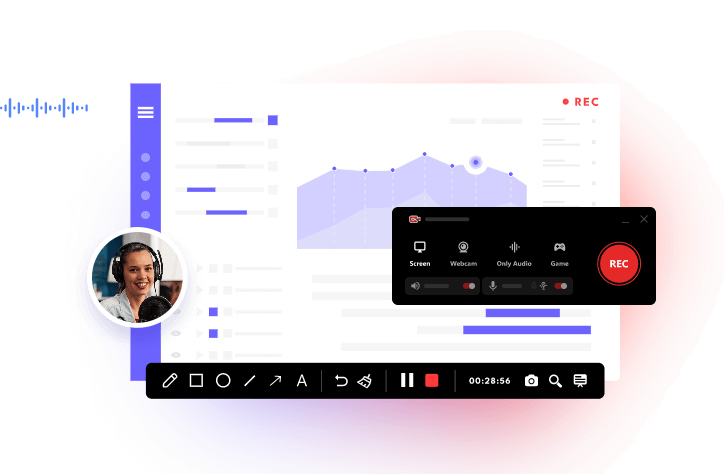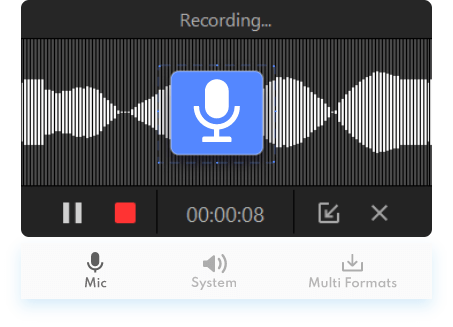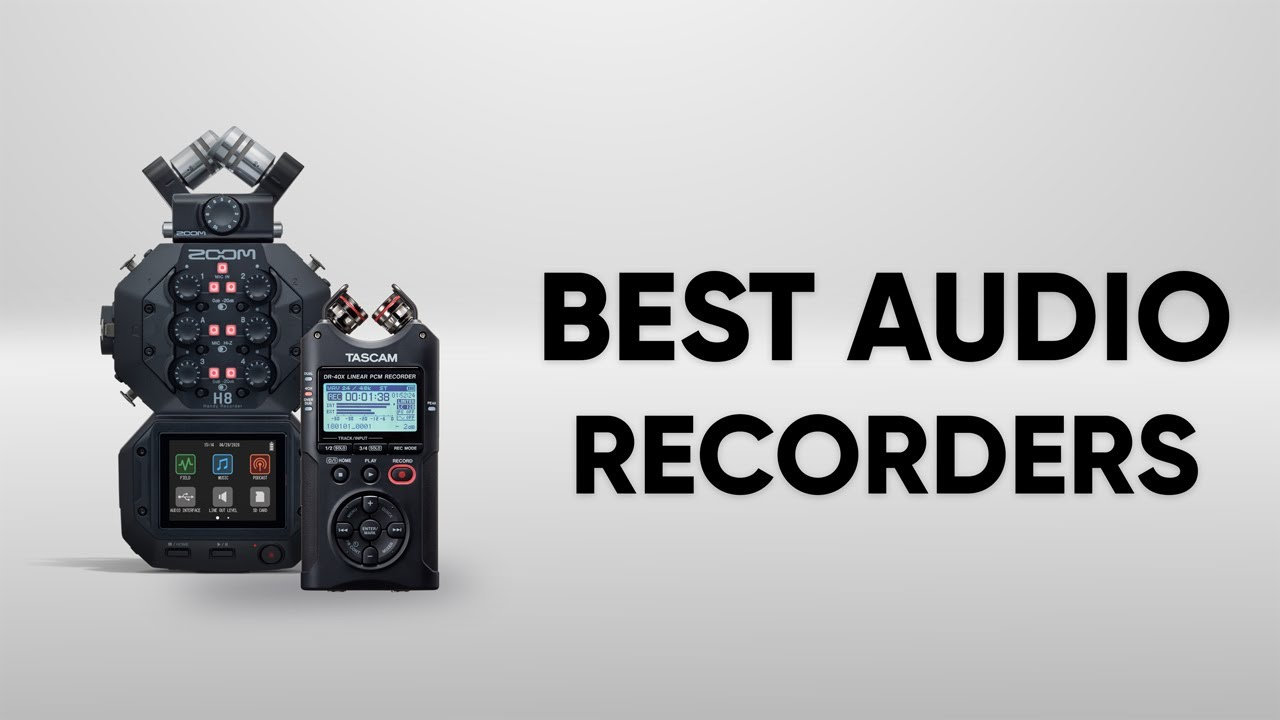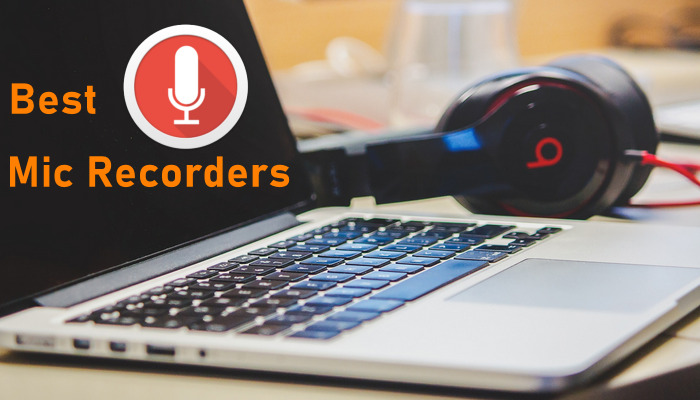Soundtrap is a professional digital audio workstation founded by a group of engineers, designers, and music producers on April 1, 2012, in aiming to make music creation and storytelling easy. It consists of three distinct programs catering to different needs for Music Makers, Storytellers, and Education. By providing powerful tools, these Soundtrap programs enable everyone to make professional audio recordings effortlessly.

However, do you know how to use Soundtrap for audio recording? The post provides the most comprehensive Soundtrap review on product introduction, step tutorial, and analysis of pros and cons. In addition, the post also introduces the best Soundtrap alternatives. Read the article and find everything you should know about Soundtrap.
What is Soundtrap
As mentioned earlier, Soundtrap is a freemium music studio ideal for musicians, songwriters, voice actors, beatmakers, podcasters, storytellers, students, and teachers to record audio alone or collaborate with others in real-time. Here we gather some main features of Soundtrap to provide a better understanding of the product.
- Audio Recording. As a professional music-making and recording tool, Soundtrap never disappoints you with its audio recording function to record YouTube audio. Besides high-quality audio, it also provides various cool audio effects, vocal tuning, and automation to make your soundtracks more creative.
- Collaboration. Soundtrap supports live collaboration with others to create music online from any device. The feature can significantly improve the efficiency to record collaborative music-making.
- Pattern Beatmaker. Pattern Beatmaker is a unique feature of Soundtrap that allows you to access 100+ premade virtual drum kits, and pick your desired percussion sounds to sequence your own beat!
- Loops. Utilizing audio loops can greatly enhance music diversity and complexity. Soundtrap provides a vast collection of more than 20380 exclusive and royalty-free loops for use, making audio recording much easier.
- Instruments. Besides extensive loop options, Soundtrap also incorporates 940+ instruments and sounds including piano, guitar, drums, brass & woodwinds, strings, and more.
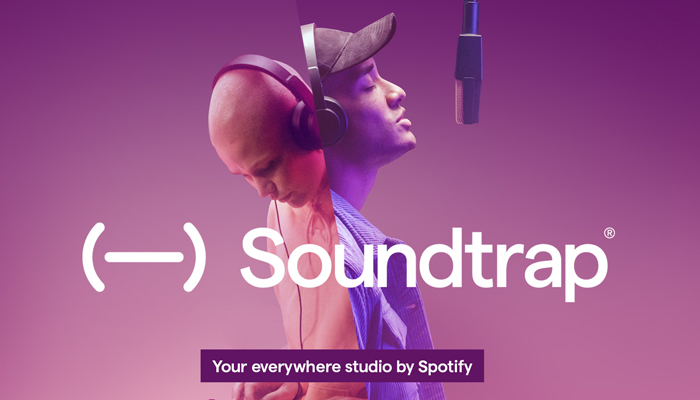
How to Use Soundtrap
Utilizing Soundtrap to record audio is easy. The following is a detailed step tutorial to make a podcast with Soundtrap.
Step 1. Visit the official website and sign up for Soundtrap with either your Facebook, Google, or email account. Enter the main interface and click Enter Studio option.

Step 2. Navigate to New Project > Podcast > Add New Track and select Voice and Mic. Hit the Settings tab in the toolbar and change the sound quality to high. You can also adjust instrument presets and master volume according to your needs. After configurations, click the Start Recording to record Spotify and other audios.
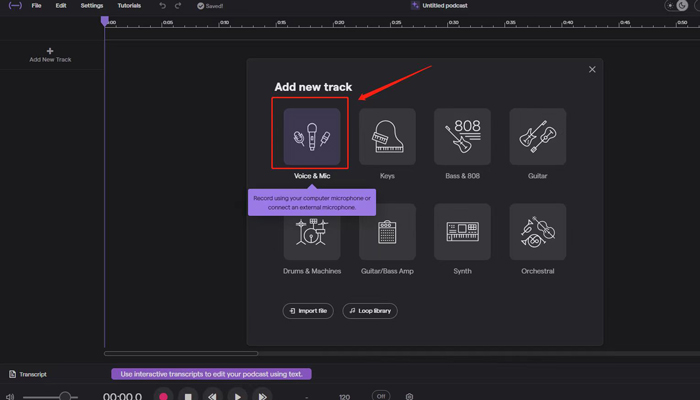
Step 3. Once finished, click the end recording to stop. You can export the project as a WAV audio file and download it to your computer.
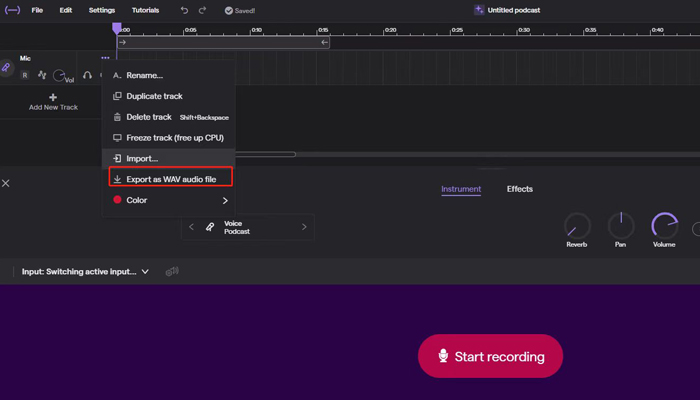
The Pros and Cons of Using Soundtrap
Let's have a quick rundown of Soundtrap's advantages and disadvantages. First of all, we have to admit that Soundtrap is a professional tool with extensive options and controls to record audio. Secondly, its user-friendly interface is easy to navigate and operate. Lastly, it is also collaborative and ideal for long-distance projects.
However, Soundtrap has some downsides as well. These include:
- Slow loading.
- Too many unwanted ads in-app.
- The playback control button is hard-to-use.
- Suddenly stops in the middle of the song or closes itself.
- Edits made asynchronously do not appear in real-time.
Best Soundtrap Alternatives for Recording Audio
Since Soundtrap is a web-based collaborative music recording studio, you probably look for Soundtrap alternatives to help you record audio when there is no internet connection.
Soundtrap Alternative for PC - iTop Screen Recorder
iTop Screen Recorder is an all-in-one free solution for screen, audio, game, and webcam recordings. Compatible with the Windows operating system, the full-featured recorder can record YouTube audio, record WhatsApp calls, record Spotify, record your favorite music, live radios, podcasts, or even your own voice effortlessly. In addition, it can also record screen Windows 10 and record part of screen, or any flexible recording regions.
Here are highlights of iTop Screen Recorder to record audio that you should not miss!
•Record High-quality Audio. With iTop Screen Recorder, you can enjoy high-quality audio recording at a bitrate of up to 320Kbps and a frequency of 48000Hz.
•Record Audio from System or Mic. This screen recorder supports internal audio recording, external audio recording, or both simultaneously.
•Record Audio from Stereo or Mono. In addition, you can select to record audio in mono or stereo as per your needs.
•Auto Audio Denoiser. The denoiser can significantly reduce background noise and create an audio recording file with better quality.
•Edit Audio and Video. Taking advantage of the built-in editor, you can combine video and audio recordings together, creating stunning MVs.
•Export Audio in Multiple Playable Formats. The iTop Screen Recorder provides a wide output of audio selections, including MP3, AAC, AC3, FLAC, WMAV2, and more.
How to Record Audio via iTop Screen Recorder
Step 1. Download iTop Screen Recorder and launch the software on your Windows PC.
Step 2. Head to Options > Settings > Format to modify audio parameters. You can also tweak other configurations based on your needs.
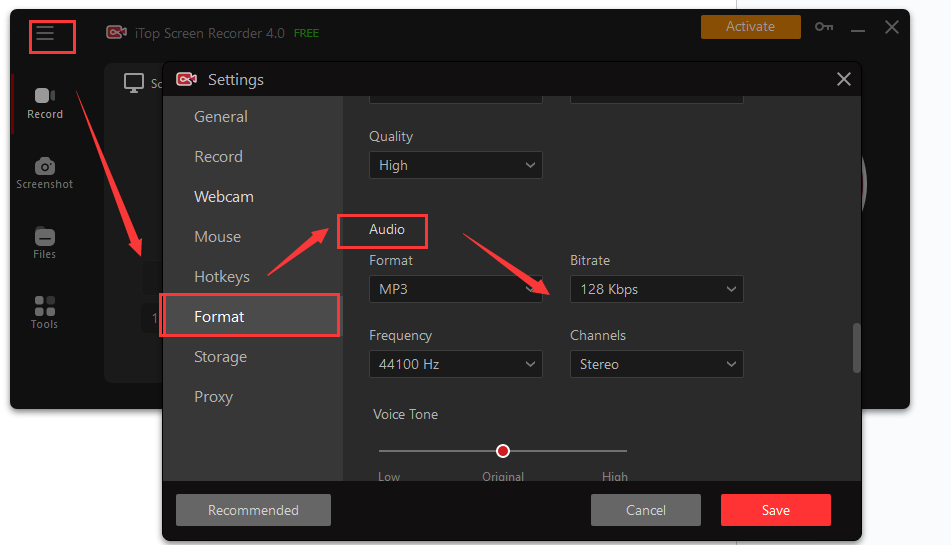
Step 3. Choose the audio recording mode, enable the speaker or microphone, and hit the red Rec button to record screen Windows 10. Hit the red square button to stop recording when you are done.
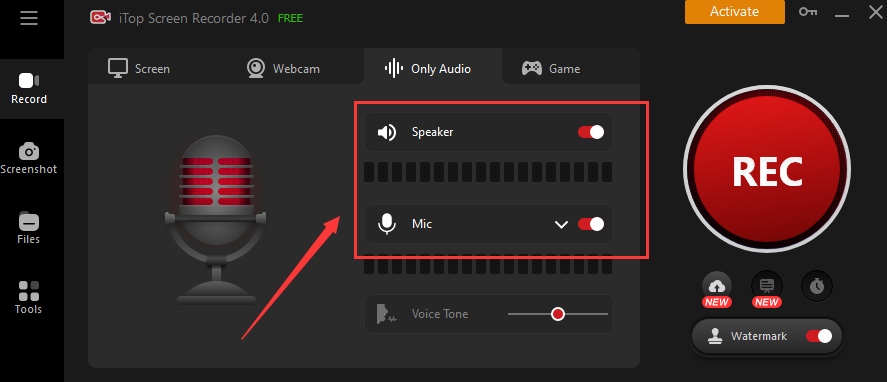
Step 4. Go to Files > Audio and right-click the audio clip to edit, denoise, upload, preview, and more.

Soundtrap Alternative for Phone - Roland Zentracker
Are there any Soundtrap alternatives for a phone? The answer is affirmative! Roland Zentracker is a free professional-level music-making app available for both Android and iOS phones. It has an intuitive interface and touch-friendly controls, allowing you to record, edit, and mix audio with a simple tap of your finger.
•Unlimited Tracks. Roland Zentracker provides unlimited tracks to inspire your endless creativity. You can make complex layered harmonies as many as you like, and use 200+ audio loops to fill out your audio clips.
•Audio Effects + Editor. Roland Zentracker features 16 integrated audio effects for professional-sounding creations. In addition, you can also edit audio recordings directly inside the app, such as reverse, time-stretch, etc.
How to Record Audio via Roland Zentracker
Step 1. Download the Zentracker app on your phone.
Step 2. Head to the Options > Song > New Song to create a new audio recording. Next, select the first audio track and choose your audio output for audio recording. Adjust the dB level by sliding up or down the sound button. Once done, click the red circle button on the right panel to record songs or record WhatsApp calls if you want to, then click the white square button to stop.

Step 3. Go to the editing menu to edit the audio clip as your need, and click the Save button to save it on your device.
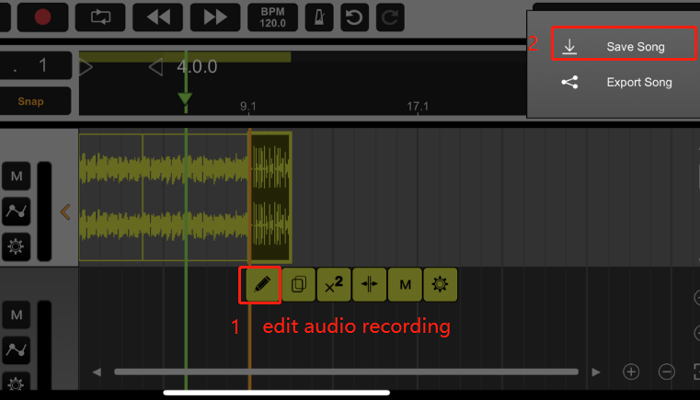
The Bottom Line
To sum up, the article introduces what Soundtrap is, how to use Soundtrap and the best Soundtrap alternatives for PC and phones. The reasons why is soundtrap not working are various, such as system bugs, slow loading, bad internet connection, etc. A sudden stop or close of Soundtrap makes your audio recording abruptly vanish, wasting your time. Therefore, it is highly recommended to use iTop Screen Recorder for audio recording because of its more stable performance and feature-rich functionalities like auto audio denoiser, multiple outputs, and a built-in editor. And you can also use it to record Zoom without permission.
 Vidnoz AI creates engaging videos with realistic AI avatars. Free, fast and easy-to-use.
Vidnoz AI creates engaging videos with realistic AI avatars. Free, fast and easy-to-use.


